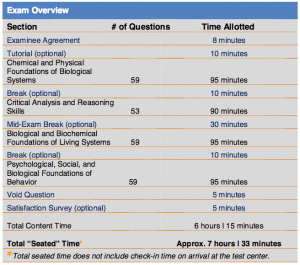Most students at UBC commute to and from campus instead of residing on campus, often due to monetary issues or difficulties with finding a space on campus. You’ve probably heard that research shows that longer commutes to school correlate with poorer performance. However, it often just isn’t possible to shorten your commute. So instead, here’s some tips on your commuting options!
Biking
Biking is one of the cheaper options that can also keep you active daily. By biking, you can often get as far east as Cambie Street within 45 minutes. There is about 50 – 75 metres of elevation gain as you approach the university, and the city can also be quite hilly. Many students also use biking as a “last mile” transportation option: many people bike to a convenient bus stop, use the bus bike racks, and then continue biking once they reach their stop at UBC. You can also ride to an available bike parkade and then take transit to school. However, biking can also be quite miserable in the wintertime, due to the near-constant rain. It also gets dark as early as 4 pm in the wintertime, and some people may not be comfortable with biking in the dark. As well, even with locks, bike theft is a known problem on campus. Despite this, biking is still a very valid option for many students. You can use Google Maps to find your way around, as it also has bike paths built in.
Driving
If you live in the suburbs, such as Richmond, Surrey, Coquitlam, commute times by transit can reach between one to two hours for a one-way trip. This can be shortened to between thirty minutes to an hour if you have a valid driver’s license or you carpool with a friend. This is one of the more expensive options, as you need to maintain your vehicle, pay for gas, and pay for parking at UBC. Parking passes at UBC range from $370/term ($690/2 terms) for parking at one parkade to $430/term ($800/2 terms) for parking at five parkades, where you need to specify which parkade(s) (out of six) you would like to be able to park in. There is also free parking along Marine Drive, which tends to fill up very quick and is often not a viable option. You could also drive to a Park and Ride (whose rates range from being free to up to $3.75 a day depending on the lot) and take transit to UBC. These Park and Ride lots are in the suburbs, such as at Bridgeport, Coquitlam Central, Park Royal, and Scott Road. Google Maps or a built-in GPS tend to be some of the better options for finding away around while driving.
Transiting
Vancouver’s transit system is often considered one of the best in Canada. If you are eligible (which most students are), you may use the U-Pass which you must renew every month. This is paid for by your student fees for $43.35/month. If you commute during peak hours, you often won’t be able to sit, so some students arrange their classes so they can commute when it’s less busy. The most popular buses include the 49 (49th Avenue to Metrotown Station), R4 (41st Avenue express to Joyce Station), 25 (King Edward Avenue to Brentwood Station), 99 (Broadway express to Commercial-Broadway), and 84 (4th Avenue express to VCC-Clark Station). These connect to the Expo, Millennium, and Canada Line Skytrain Lines, which further connect into the suburbs. You can use the Translink Trip Planner and apps such as Transit or Radar to plan your trips and see where the next buses are. One of the downsides is that the transit system can be very unreliable when it snows, and there are sometimes hiccups due to accidents and mechanical issues. Transiting can also take up to 2 hours each way, depending on how far away you live. However, you can also use your transit time to settle down, catch up on readings or homework, or sleep.
Conclusion
There are multiple ways of getting around depending on your needs and current resources, and there isn’t one “best” way of commuting, as everyone’s situation is different. Take a look at your options, and learn more about your commute before you start in September!

